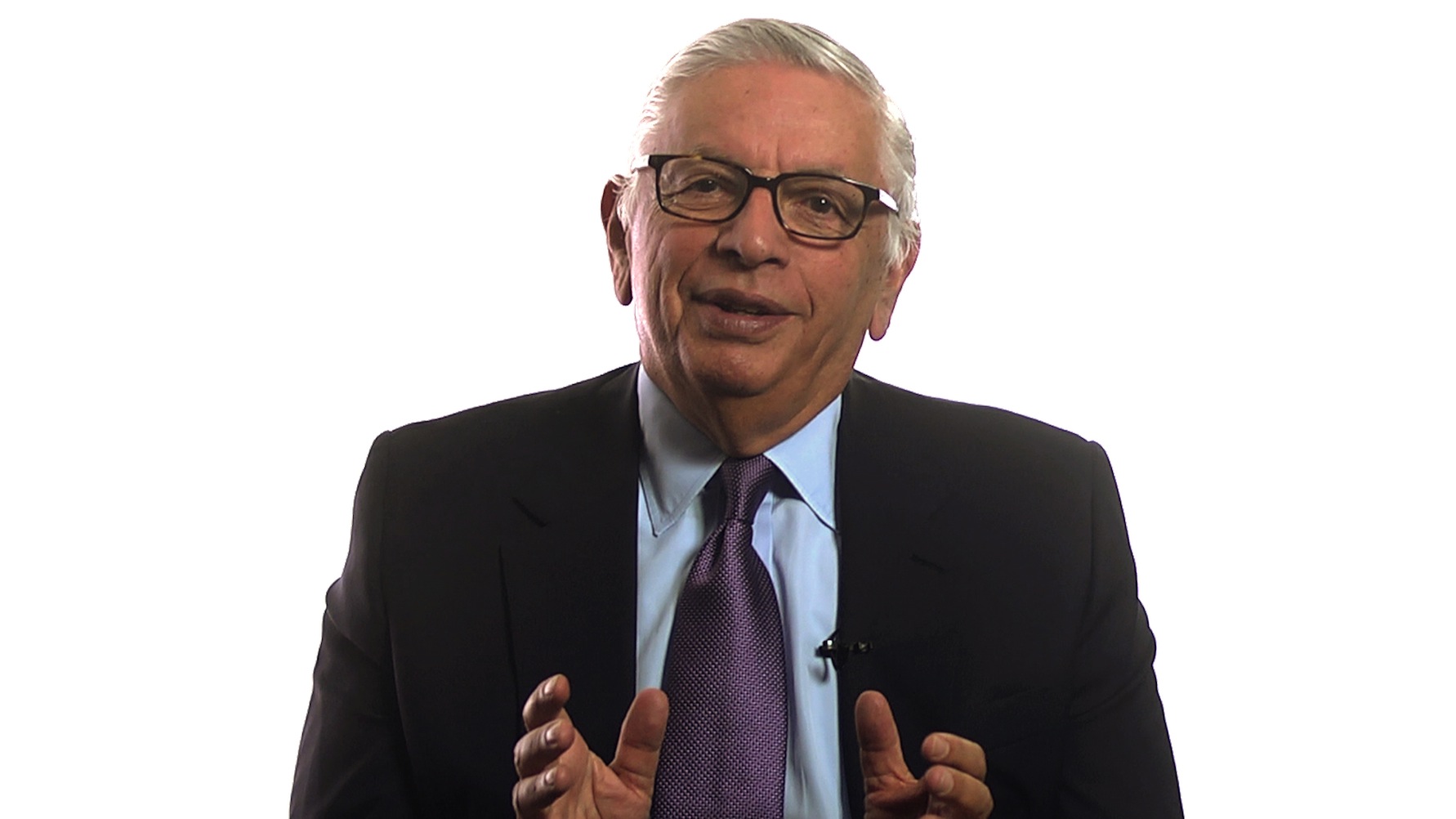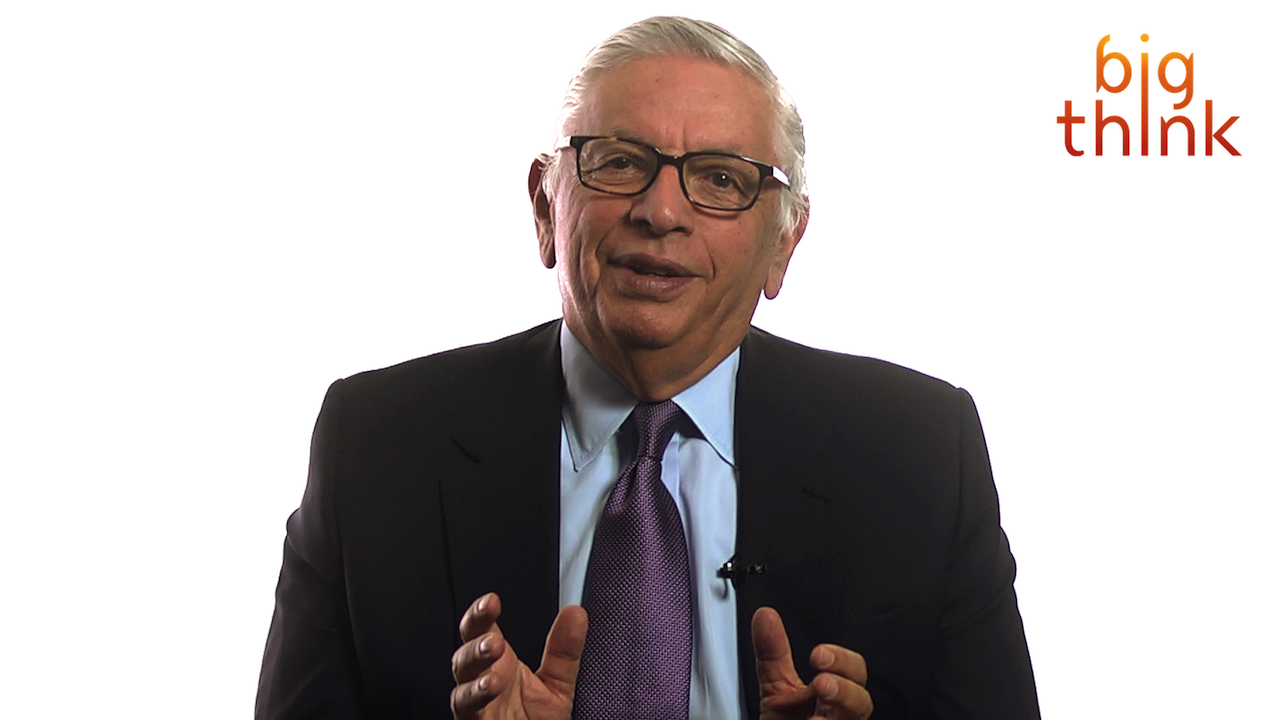Several years ago, the NBA installed SportsVU cameras in every team arena. The data collected by these cameras has fueled a big data renaissance that has team front offices relying on advanced analytics to improve court strategy. Commissioner Emeritus David Stern explains how the new statistics have changed the league and posits that future stats will only be more impressive.
David Stern: We decided to install SportsVU cameras because they gave really enhanced data but they were being installed individually by certain select teams. And we thought that it should be available to the league as a whole. Those teams weren’t that happy about it but the tradeoff was they now got the data as all teams did from 29 arenas rather than from just the few that had it. And that has worked out very well for us.
If you want to have four trillion facts you can go to NBA.com/stats and the SAP HANA program will give you all of those statistics. You’ve got the SportsVU statistics. You’ve got a high speed arena network that brings the video back from every arena for replay. But once it’s there for replay it can be diced and chopped and sent out, Tweeted, you name it. So we’re, you know, the age of analytics is upon us and we wanted to be ahead of it. And that’s like an example of things being available to us that weren’t available before. Pre SportsVU – a decade ago we were primitive compared to where we are now and I think in another decade we’ll look back and see how primitive we are now but we’re so much further advanced because I’ve been wearing my venture capital hat. I’ve been looking at some applications in sports. It’s amazing and it’s like not amazing. You know and you can stop the camera and look. At this moment that player in that position if he shoots he’s a 60 percent shooter. If he moves three feet to his right or his left or down court he becomes a 40 percent shooter. You know the ability to know so much about your team and every other team and about every player current and future is very much going to make big data a much more relevant player in all sports and including the NBA.
It’s currently at the stage where every team has two or three or four or five or six people dealing with data. In some cases in the last couple of years they didn’t know what to do with it. And in many cases the coaches will say well it’s, you know, it’s good to have but you’ve got to have your instincts as well. I think ultimately it’s going to affect the substitutional patterns. There’s going to be a coach, assistant coach on the bench that’s going to be looking at the video of the game, everything else. And you’re going to know exactly – at the end of the game your opposing team is going to go to this player 82 percent of the time for that shot, let’s defend him. And in some ways the coach has to understand and will and they do understand because they’re smart and they’re adaptive. It’s one thing to say player X shoots 50 percent but if he shoots 60 percent from the left and 40 percent from the right you better get him the ball on the left. And you don’t know that unless you use the data to tell you that.
Directed/Produced by Jonathan Fowler, Elizabeth Rodd, and Dillon Fitton





